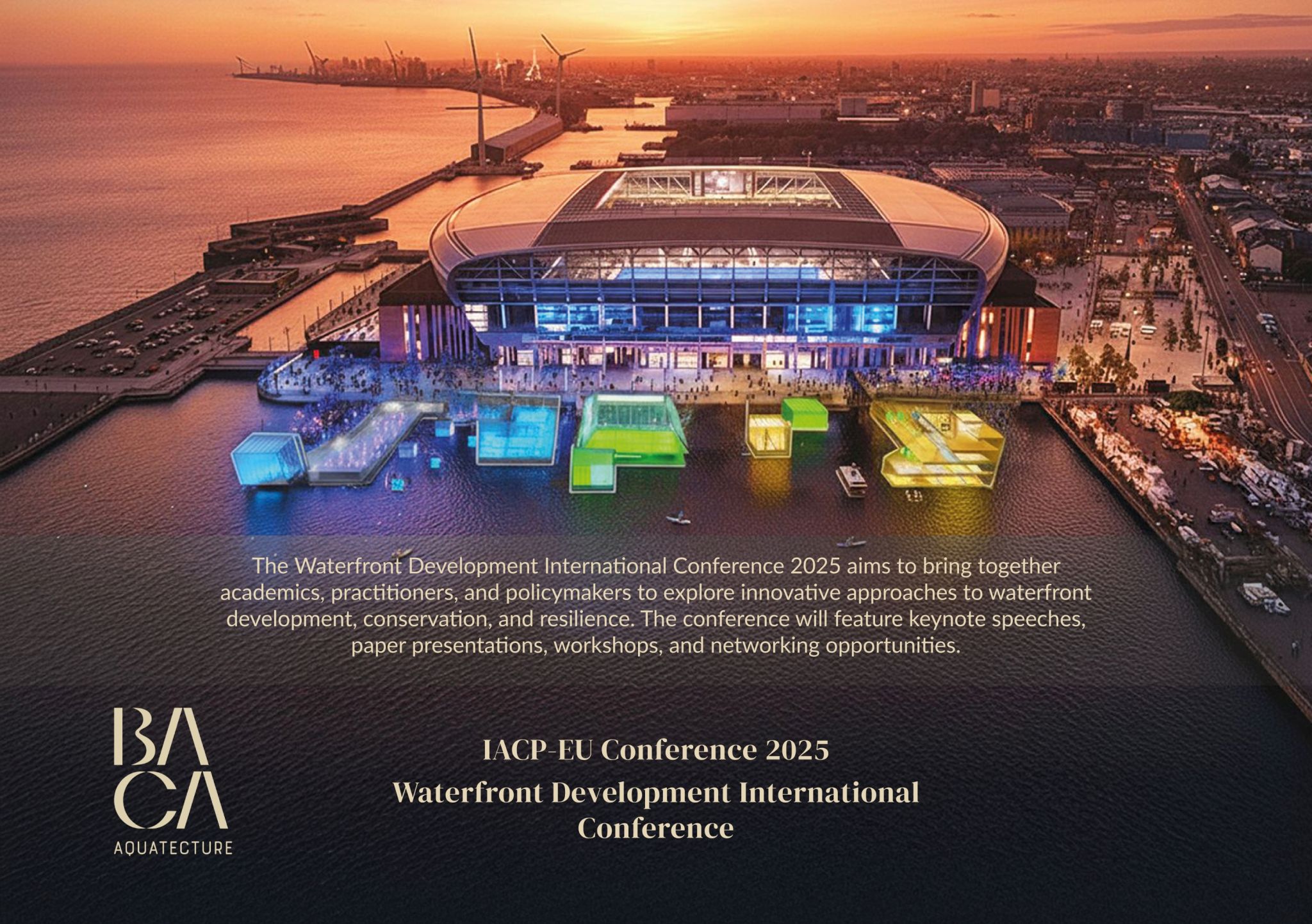October 28, 2025

Richard will be speaking at the Liverpool Waterfront Development Conference.
The title of his talk will be Waterfronts as Urban Accelerators: Crafting Clear, Achievable Visions for Post-Industrial Docks.
BACA architects shows opportunities for new floating corporate entertainment and a floating fanzone at Everton's Hill Dickinson Stadium with the attached picture.
We will also showcase the new floating Lido proposed for Queens Dock that has recently received pre-application planning support, subject to details from Liverpool City Council & Canal and Rivers Trust.
Abstract:
This paper examines the potential of post-industrial waterfronts in driving urban regeneration, stressing the need for clear, actionable planning visions beyond iconic architecture and heritage reuse. As cities around the world grapple with challenges of urbanisation, climate change, and housing shortages, disused docks, harbours, and waterfronts present unique opportunities to reimagine urban living in dynamic, water-integrated environments.
The research analyses various waterfront typologies: riverfronts, harbours, docks, canals, each with distinct spatial and historic identities. Through international case studies, including HafenCity in Hamburg, Chelsea Piers in New York, and the Royal Docks and Merwehaven in London and Rotterdam, it explores how successful regeneration is linked to multifunctional design, physical and sensory engagement with water, and resilient infrastructure.
Special focus is given to Rotterdam’s goal of delivering 70,000 new homes by 2040, illustrating pioneering floating development, climate adaptation, and innovative public-private ecosystems. These projects challenge conventional planning by prioritising water activation over land infill. Key findings suggest that effective waterfront regeneration depends on five interlinked components: active public realm, adaptable water uses, resilient flood strategies, functional mixed-use development, and strong engagement with water. Floating infrastructure, cultural anchors, and integrated ecological design (like bio-solar roofs) emerge as essential for combining urban density with environmental sustainability. Ultimately, this thesis argues that water should be treated not as a boundary but as a catalyst for inclusive, resilient, and vibrant urban futures – both on land and on water.